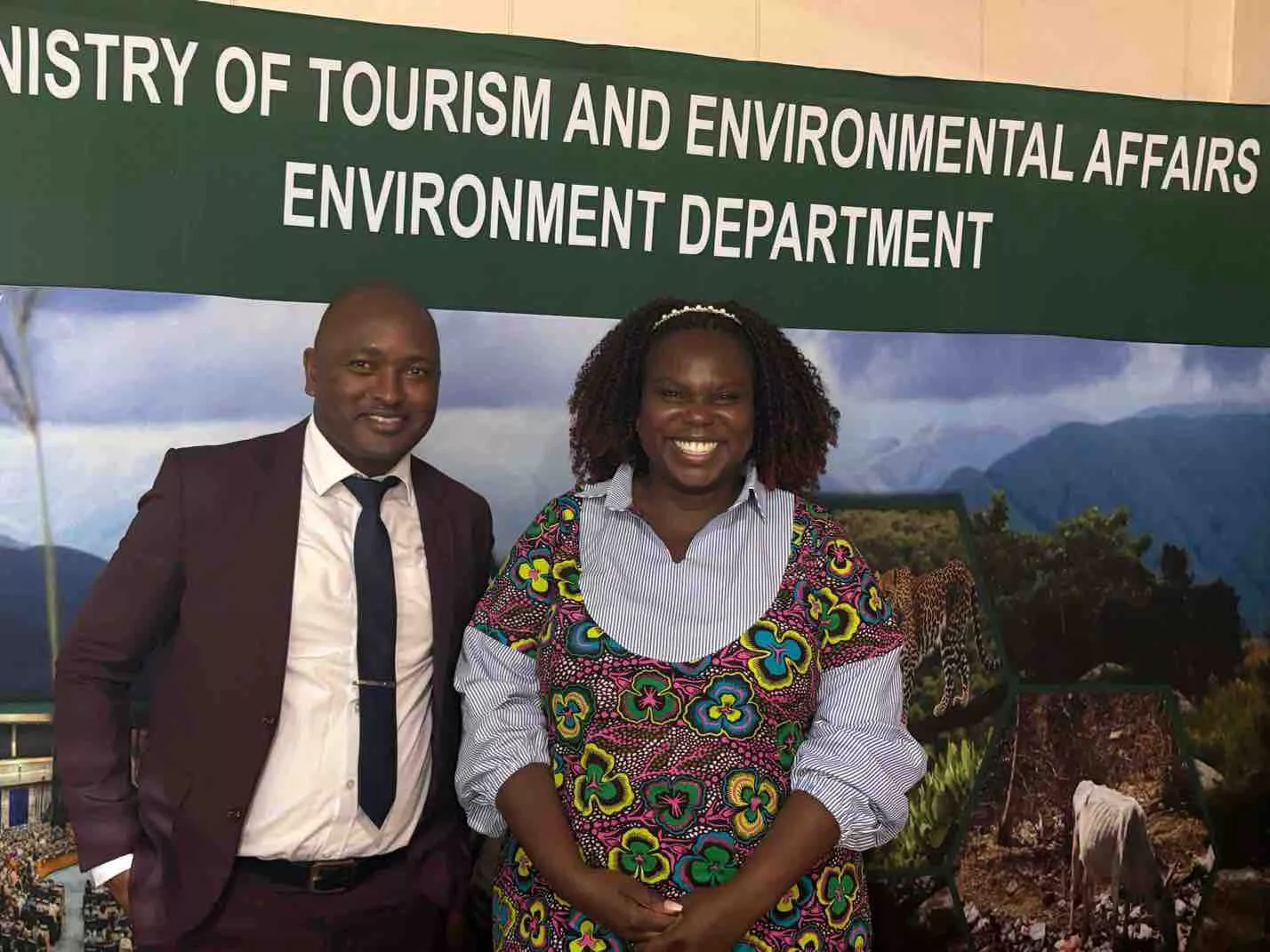|
Getting your Trinity Audio player ready...
|
A cocktail of conflict, climate change and Covid has brought “catastrophic” food shortages to 44 countries.
Almost one billion people across the world are going hungry, at levels categorised as “alarming” in nine countries and “serious” in 34 others.
Experts are warning the situation could “significantly worsen” next year if current pressures continue.
That is despite their view that “there is already enough food to feed everyone in the world; those going hungry just lack access”.
The stark details are contained in the latest annual Global Hunger Index (GHI), compiled by Irish aid agency Concern and its German counterpart, Welthungerhilfe.
It says 828 million people are not getting enough food to eat, a number that signals a reversal of a decade of progress in reducing hunger levels.
Its authors’ recommendations include a call for governments to enshrine in law “the right to food” for all people.
“Progress made to tackle world hunger has largely halted,” said Dominic MacSorley, Concern’s chief executive, who has witnessed first-hand many hunger crises.
“The toxic cocktail of conflict, climate change, and the Covid-19 pandemic had already left millions exposed to food price shocks and vulnerable to further crises.
Read More
- ‘Hunger does not affect all equally’: Horn of Africa drought starves girls of food and their rights
- Vanishing wildlife: half of world’s birds in trouble, decline in Ireland worse
- Concern over power outages grows as demand for electricity continues to rise
- Climate change means ice sheet in Greenland is melting faster
“Now the war in Ukraine, with its knock-on effects on global supplies of and prices for food, fertiliser, and fuel, is turning a crisis into a catastrophe,” he said.
The GHI measures hunger in 136 of the world’s poorest countries, based on four key indicators – undernourishment in the general population, child stunting, child wasting, and child mortality.
While there are variations across regions and within countries, some broad trends emerge.
South Asia has the world’s highest child stunting and child wasting rates.
In Africa, south of the Sahara, the prevalence of undernourishment and the rate of child mortality are higher than in any other region in the world.
Parts of East Africa, meanwhile, are experiencing one of the most severe droughts of the past 40 years, threatening the survival of millions.
The worst affected countries are Burundi, the Central African Republic, Chad, the Democratic Republic of Congo, Madagascar, Somalia, South Sudan, Syria, and Yemen. While many of those countries have suffered prolonged conflicts, the overlapping of war with the legacy of Covid and the increasing impacts of climate change have deepened their hunger crisis.
Four failed rainy seasons in succession have pushed millions in East Africa to the brink of starvation, with famine expected to be formally declared soon in Somalia.
“Climate change is putting stress on agriculture, forestry, fisheries, and aquaculture, increasingly impeding efforts to meet human needs,” the report says.
“As climate-related extremes push down the productivity of agriculture and fisheries, the result is rising food insecurity, water scarcity, and malnutrition.”
The report calls on all governments to establish a right to food in national law, supported by mechanisms for redressing grievances.
“All actors – from citizens, to regional and international organisations, to courts at all levels – should contribute to holding governments accountable,” it says.
It also calls for increased humanitarian aid to ease the immediate crises, a review of international food production and trading systems, and much greater investment in making farming and food production more resilient to climate change and shocks.
The report notes the impact of the war in Ukraine – which has disrupted the Ukrainian and Russian grain and fertiliser exports that many poorer countries depend on.
However, it stresses: “The severity and speed of the impacts on hunger have occurred largely, however, because millions of people were already living on the precarious edge of hunger.”
It says this is due to “a legacy of past failures to build more just, sustainable and resilient food systems.”
It recommends more local control over food production and stores within countries, and better use of early warning systems and flexible contingency funds to anticipate shocks and respond quicker.






